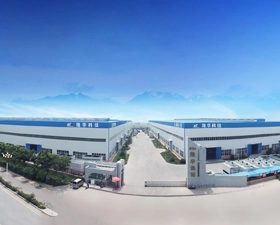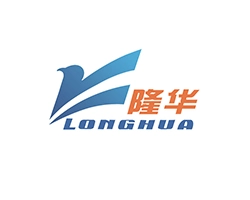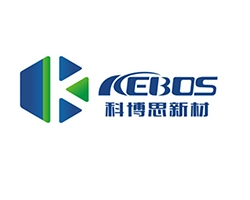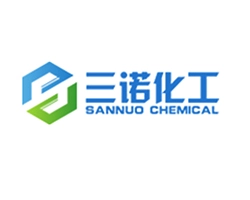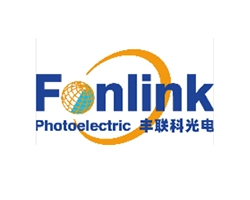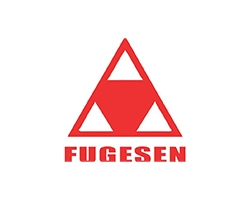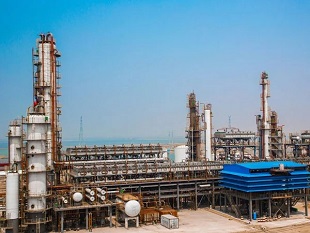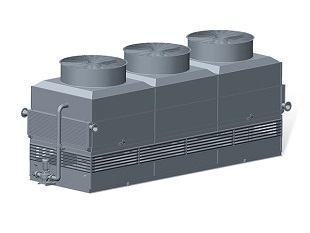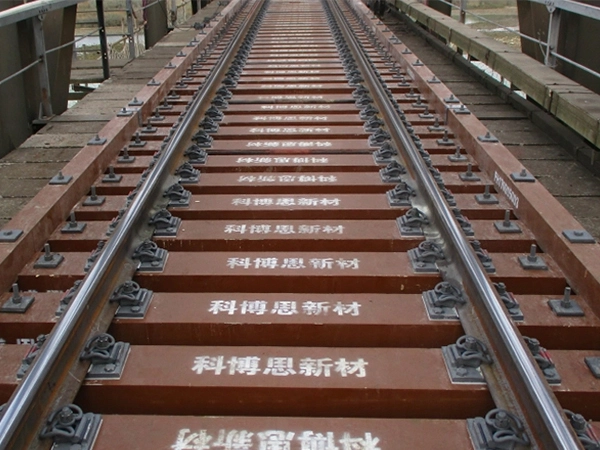Extruded finned tubes are created by taking iron or copper-aluminum tubes and rolling them into fins. These tubes possess several notable characteristics, including strong adhesion between the fins and the tube, low thermal resistance, excellent heat transfer performance, high strength, minimal flow loss, and impressive resistance to corrosion. These tubes are resistant to deformation even under high-temperature conditions and offer the advantage of a long service life, among other benefits.
The integrally rolled fins have a smooth surface, making them easy to clean. In heating and air-conditioning engineering, these fins tend to experience dew condensation when they become wet and cold. For heat exchange applications like drying and heating, the surface of the fins is anodized, resulting in a beautiful color while effectively preventing surface corrosion.
DR extruded finned tubes are one of specific types of finned tubes that are manufactured using the extrusion process. The extrusion method involves forcing a metal strip, typically made of aluminium or copper, through a die to create the desired fin shape and attach it to the outer surface of the tube.
The DR in DR extruded finned tubes refers to the distinctive DR-shaped fin design. The fins are securely bonded to the tube through the extrusion process, ensuring a strong and durable connection.


 EN
EN
 jp
jp  ko
ko  fr
fr  de
de  es
es  it
it  ru
ru  pt
pt  ar
ar  tr
tr 